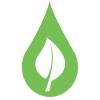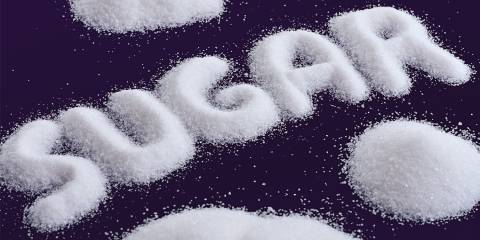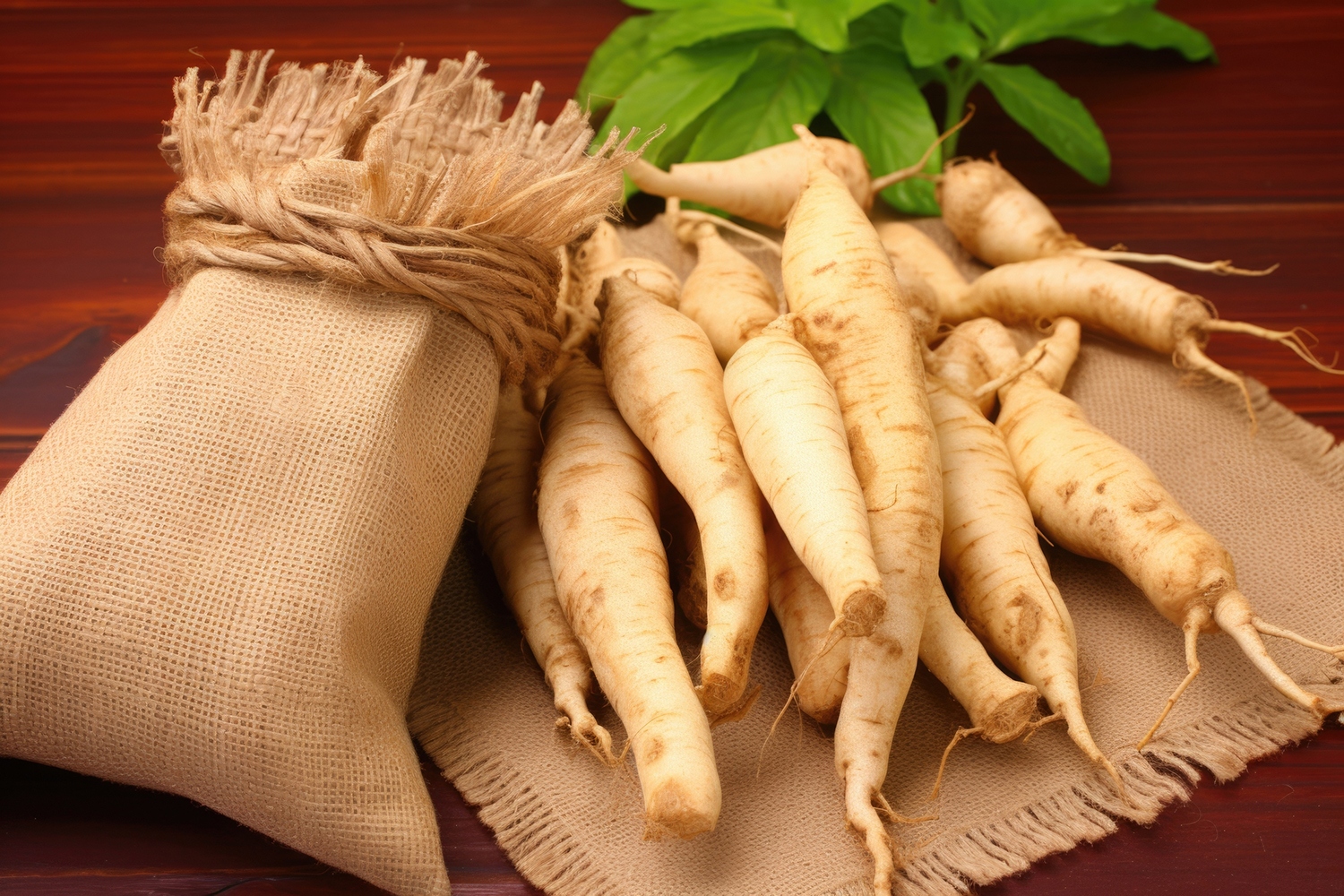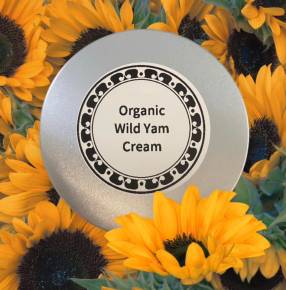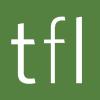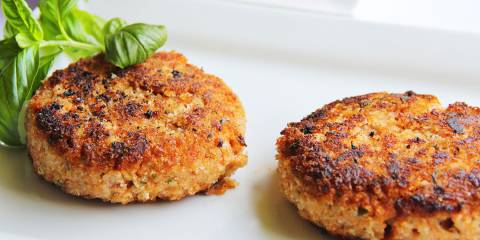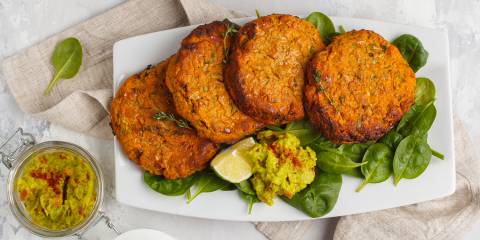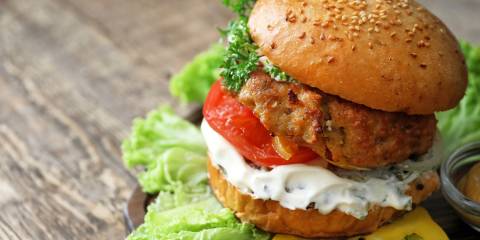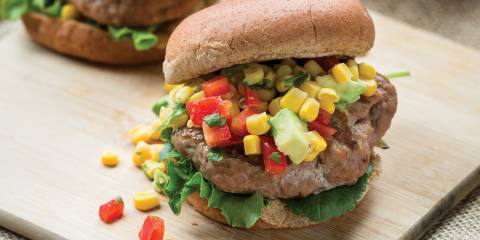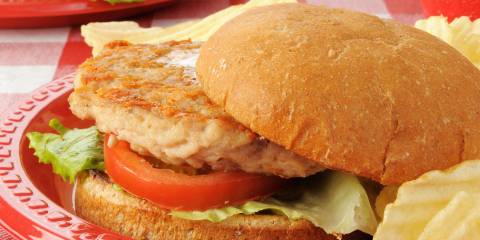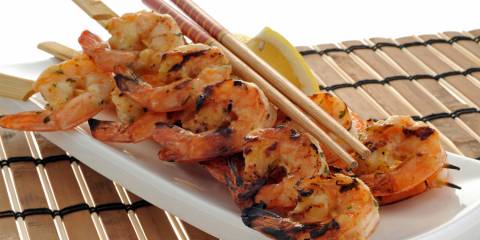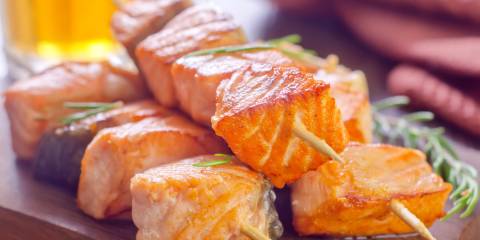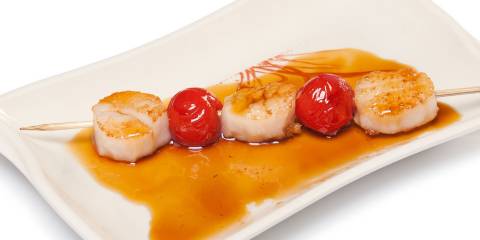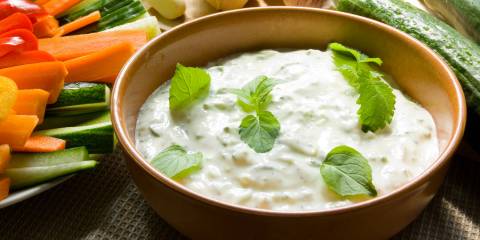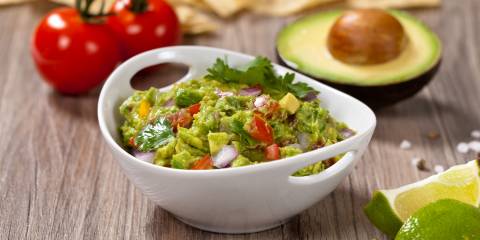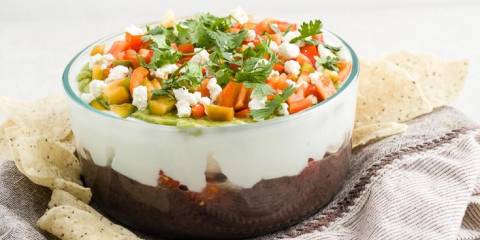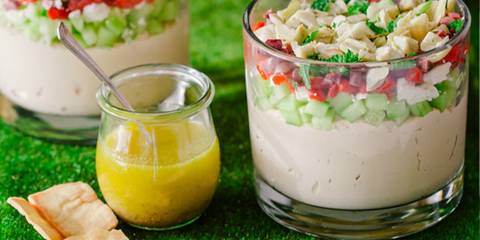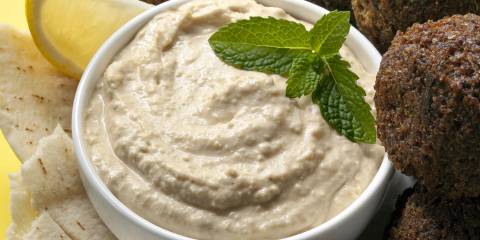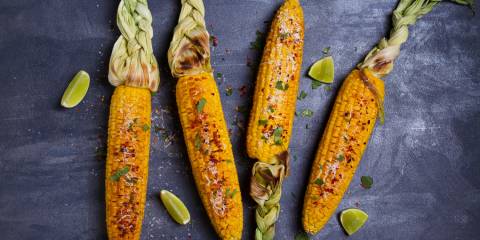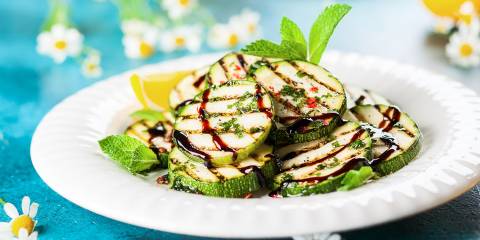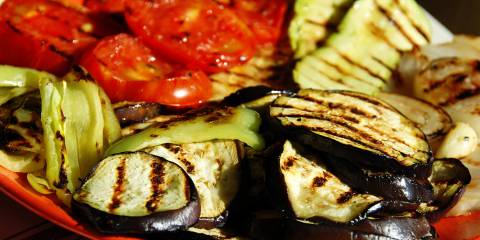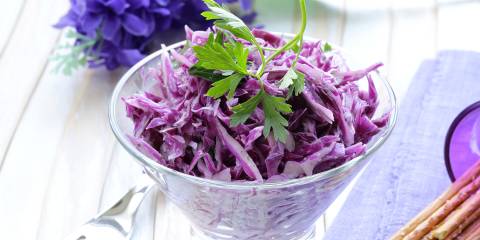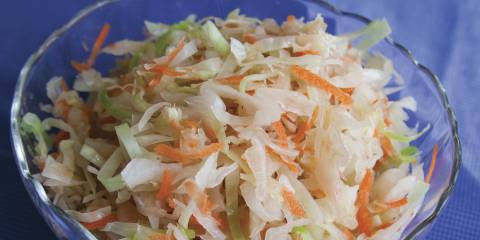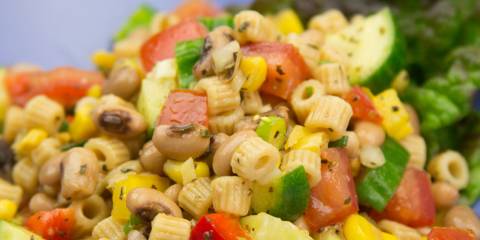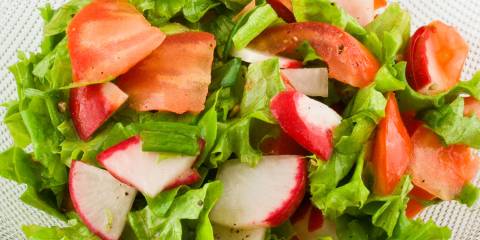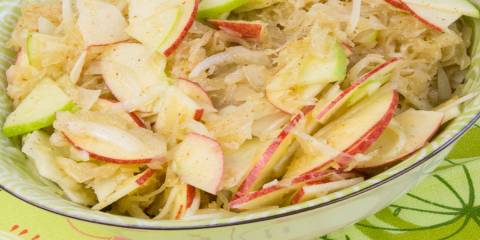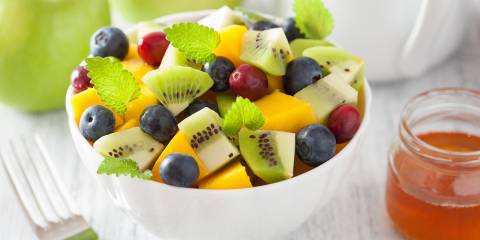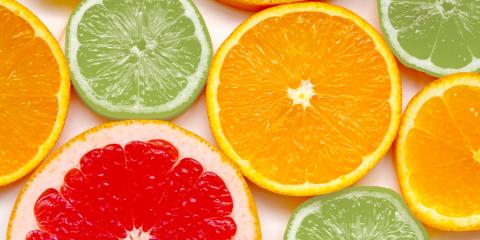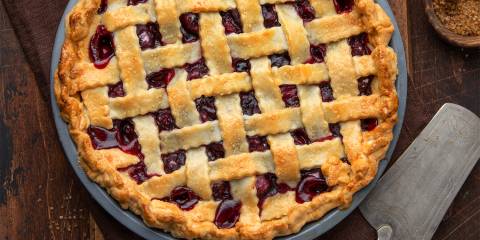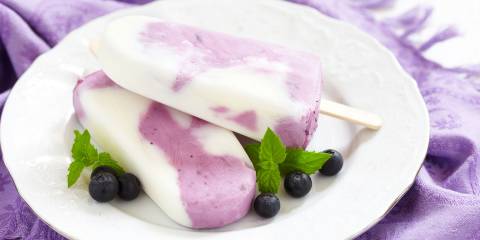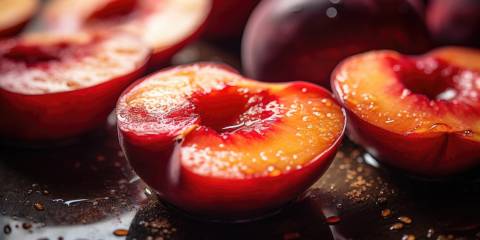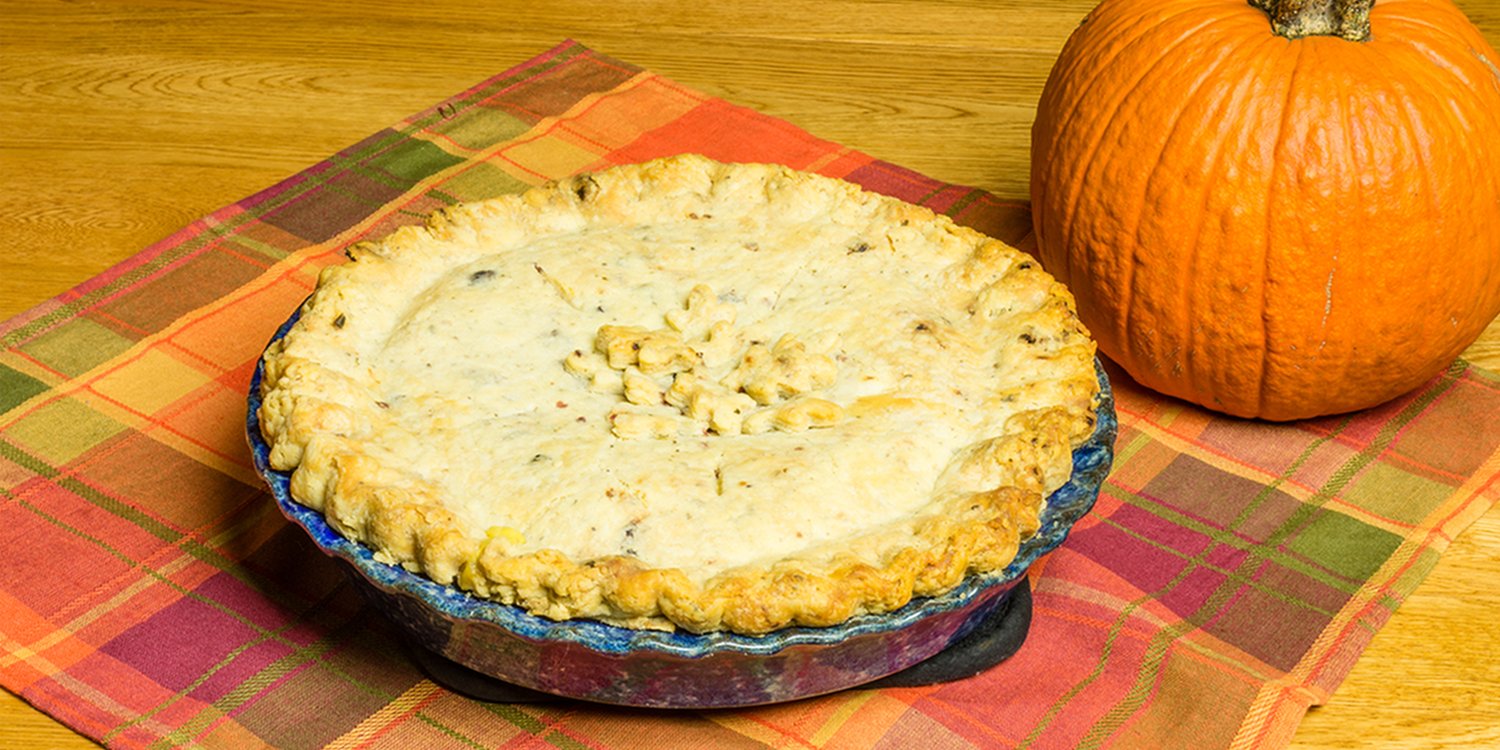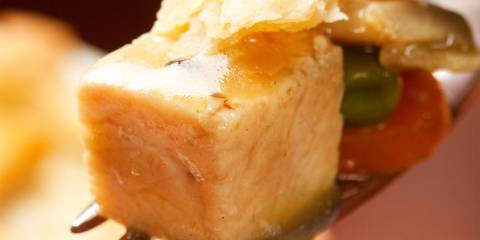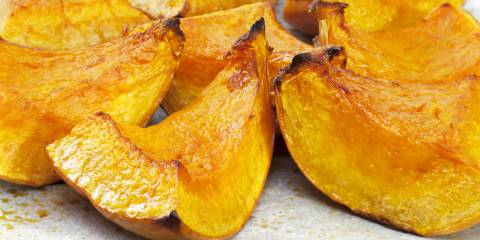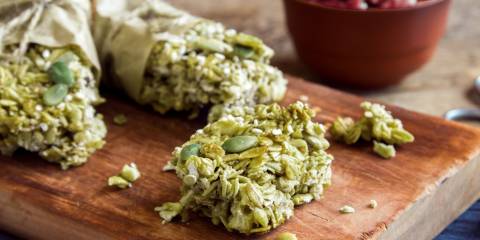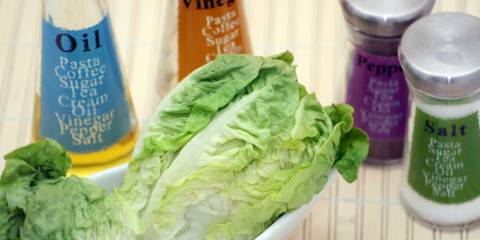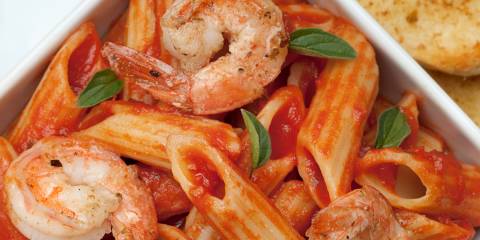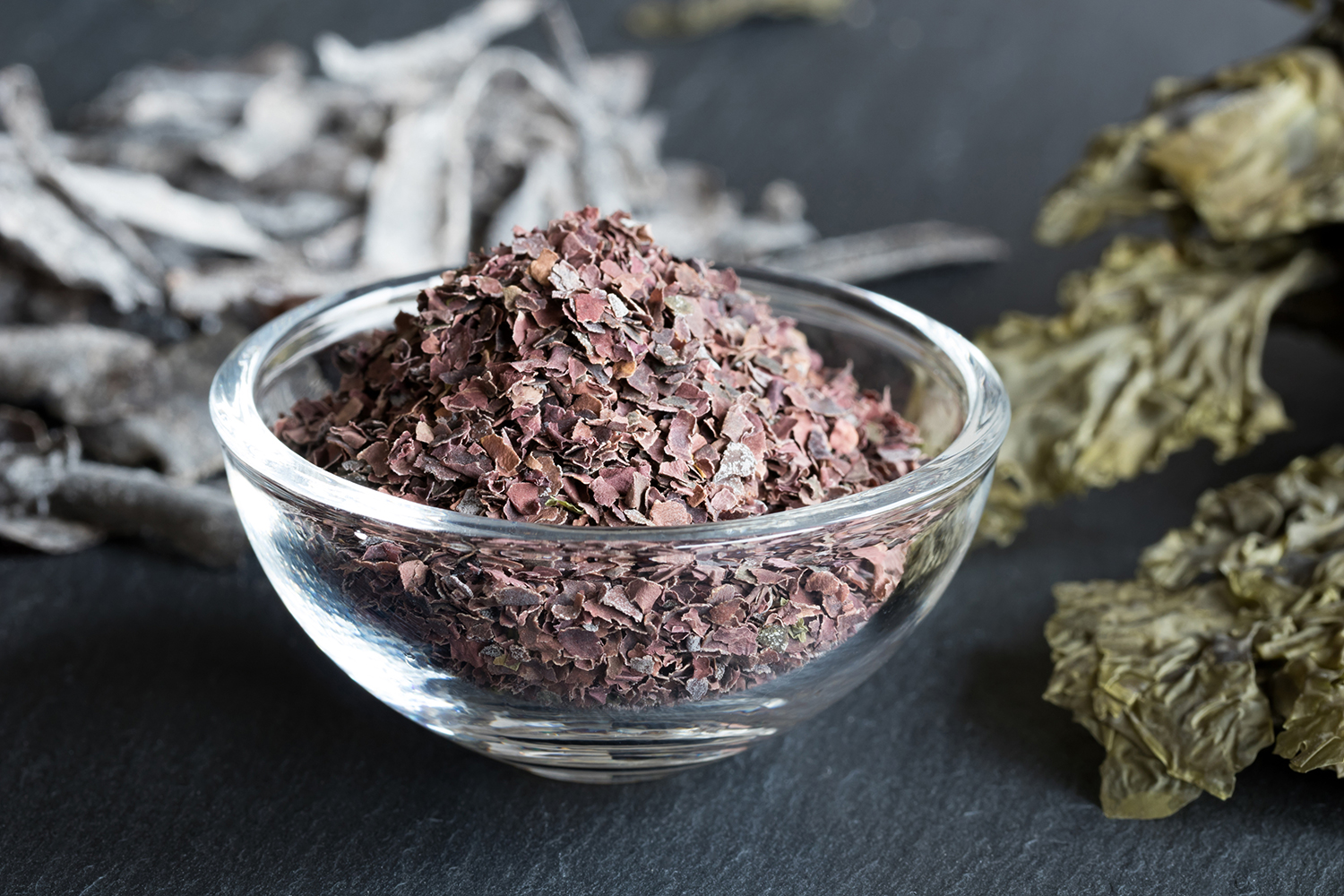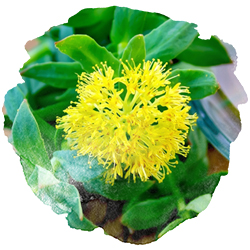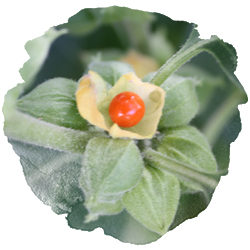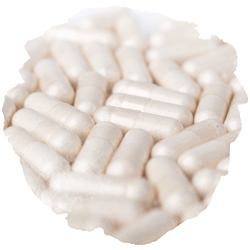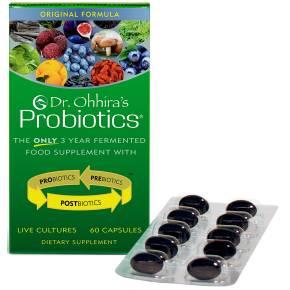The change of seasons does a number, not just on the immune system, but on our largest organ as well—the skin. Less moisture in the air combined with wind and cold can leave our skins looking and feeling dry and dull. Slathering on lotions can help, but it can also clog pores and, without proper exfoliation, leave skin unable to renew itself. Proper topical skin care will certainly help keep your complexion and body feeling and looking good, but don’t forget beauty from within. Taking care of yourself internally can be the key to healthy skin from head to toe. Treat yourself to the following fall skin treats.
Autumn Skin Care Tips
-
Get Proactive with Probiotics
These healthy bacteria that live in our digestive systems do more than keep our bowels working; they also boost our immune systems and promote healthy skin. Take a daily probiotic that is proven to survive into the lower intestine.
-
Stay Hydrated
Help your body adjust to the drier climate by keeping it hydrated from the inside out. Sip on hot water with lemon throughout the day or herbal teas. If you can, begin the day by sipping a cup of warm water with lemon before breakfast.
-
Opt for Unprocessed
Your skin will thank you for avoiding processed foods that contain chemicals and sodium, which can result in puffy, red skin. Opt for fruit, warming vegetable soups like this Carrot Ginger Soup, and unsalted nuts and seeds instead of processed snacks.
-
Honey
A natural humectant, drawing moisture to the skin, honey gives a potent punch of minerals and vitamins to skin. Check out these tips for using honey.
-
Pumpkin Mask
Pumpkin contains alpha hydroxy acid—a natural exfoliant that gets rid of dead skin cells. Simply apply canned or steamed and mashed pumpkin to clean skin for 10 or 15 minutes. Add honey and cinnamon for aromatherapy and extra moisturizing benefits. Rinse with warm water, then moisturize.
-
Dry Brushing
This Ayurvedic treatment of gently brushing the body with a dry brush before bathing is said to stimulate circulation and the lymphatic system (a vital player in immune health) and remove dead skin cells. Once a week, before your shower or bath, lightly brush the skin with small strokes toward the heart with a natural-bristled brush. Finish with the abdomen.
-
Sip Herbal Tea
Not only can herbal tea hydrate you, certain herbs have powerful skin benefits. Rosehips are high in vitamin C, a definite skin nourisher. Burdock and red clover are good for detoxing the liver, which can help diminish under-eye circles. Dandelion is a great detoxing tea and can help skin bounce back from a night of indulgence. Check out the boxed tea section at your natural products store for herbal teas that support skin health.
-
Scrub Up
At least once a week exfoliate with a body scrub. Sugar will naturally exfoliate without the sting that salt can impart. Mix 2 parts organic sugar to 1 part oil or honey. Oils can be extra virgin olive, apricot kernel, coconut (melted), or any other food-grade vegetable oil. For an aromatherapy benefit, add a few drops of essential oil. Simply mix and store in your cupboard. Try adding sugar to your facial cleanser for an exfoliating boost.

